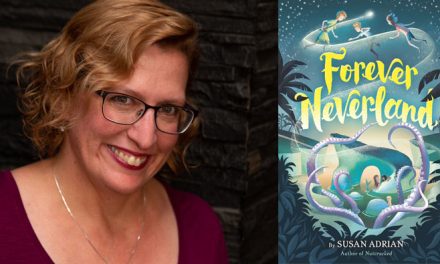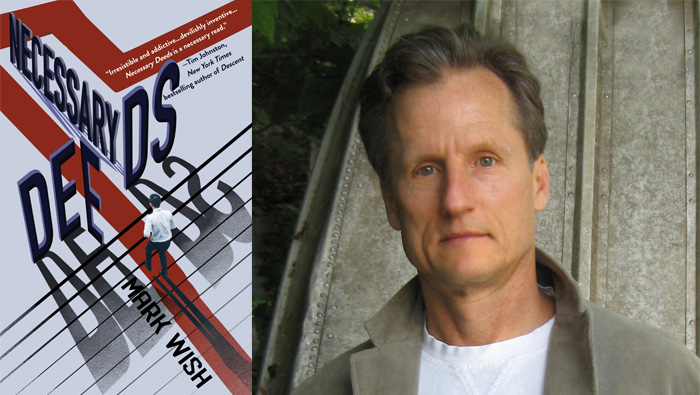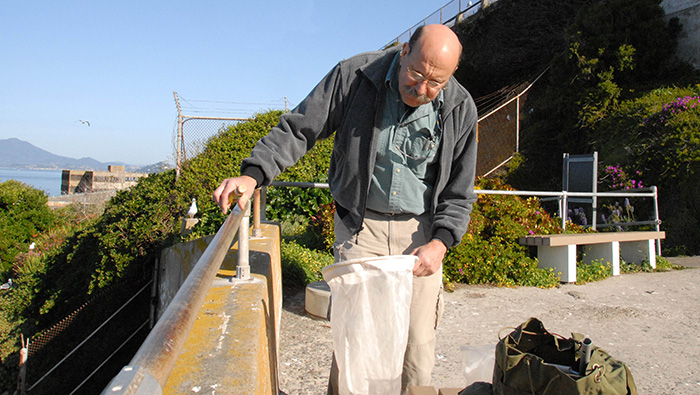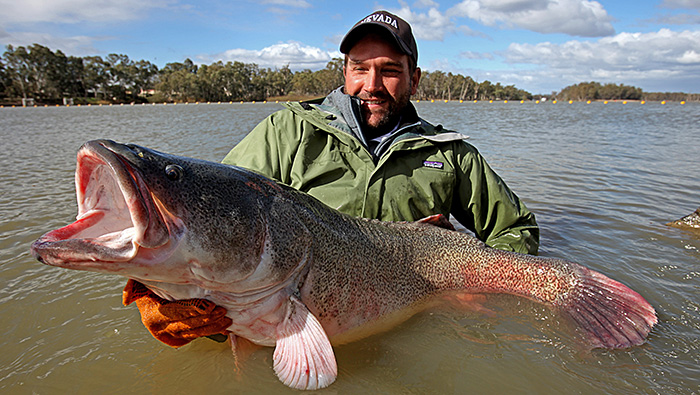
Author, research professor and alum Zeb Hogan
Photo courtesy of Zeb Hogan
Big Fish
Aquatic conservation biologist Zeb Hogan, Ph.D. 04, has centered his research on gigantic freshwater fish — more than 6 feet long or over 200 pounds. But for a new book, could he find one that tops the world record?
With journalist Stefan Lovgren, Hogan set off to explore the massive species living in lakes and rivers for Chasing Giants: In Search of the World’s Largest Freshwater Fish (University of Nevada Press, 2023).
Audiences may know Hogan as the host of Monster Fish with Zeb Hogan on National Geographic for 10 years. He traveled to far-flung areas of the globe to explore and educate others about different species of these megafish.
“I think we filmed about 30 one-hour programs, but we weren’t able to get into much detail on the shows,” said Hogan, who is also a research professor at University of Nevada, Reno. “So I wanted to [do that]. These fish have a story worth telling; they are fascinating; they are culturally important and commercially important.”
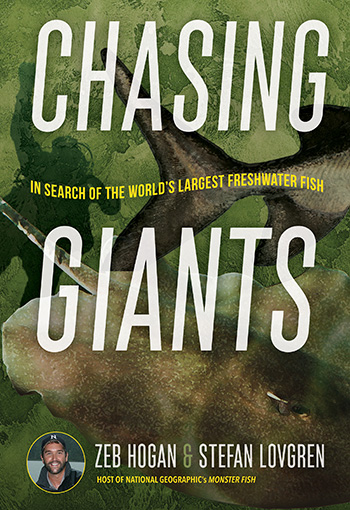
Hogan’s interest in giant freshwater fish started early. After college, he traveled to Thailand on a Fulbright Scholarship to study the impact of dams on migratory fish in the Mekong River. The work became the basis of his doctoral work at UC Davis. In fact, the new book traces his work, including his time as a graduate student at UC Davis.
What is it like to be so close to a large fish?
A fish that size in freshwater, I can’t describe it, but there is something inherently special about a fish that large. And, for me, being in the water is something that’s bigger than I am. It just causes me to take pause, to appreciate it, to watch it, more so than you would with a small fish. They are extraordinary, easy to appreciate. And when I get in the water with one, I always want to see how they act with me. But I haven’t had any bad experiences being with the fish. Some people might think the fish look scary or ugly or dangerous — that’s not the case. They are not dangerous to people, and in fact it’s the other way around. We are the ones who are dangerous to them.
The conservation side of your work is also really important. What are some of the biggest challenges facing these fish?
About 70% of [these megafish] are at risk of extinction. For the most part, the issues these big freshwater fish face are the same issues that all freshwater fish face, which are overharvest, habitat degradation from pollution, habitat fragmentation from things like dams, unsustainable water use. They are not unfamiliar problems, but these big fish tend to be more vulnerable, because they need more water, more space, they live longer, they mature later, they are worth more to people who are fishing for them. Part of the purpose of the book is to raise awareness about the fish so people will care more about them and be more invested in protecting them. One of these big fish — the Chinese paddlefish — went extinct while we were working on the book, but the hope is that we will be able to stop the disappearance of other species.
What kinds of things can be done to stop that?
One of the big things that’s happening in California right now and all around the world, but in particular California and the Western U.S., is dam removal. Also keeping rivers clean, which I think generally we’re doing a better job of, I think is important. And just recognizing that these fish are endangered and they are important. Implementing regulations on their harvest is certainly a solution. And then I guess I would say overall the big takeaway from my research and working on this book: Every place where these fish are doing well, there is a group of people who have taken it upon themselves to protect the fish. When I was at UC Davis, I’d tell people about my research and the fish and no one really knew or recognized the names. Now if I go to a school, a lot of the kids know the names and some basics of some of their biology. That’s been really fun to see that increase in awareness.
What was the process of writing the book like?
The book is co-authored with a writer from National Geographic, Stefan Ludgren, and it took us 10 years to write it. There are a lot of anecdotes about meeting local fisherman, scientists, but we purposefully told a different story than you get from the show. Stefan never even watched the show. The book is meant to tell a more in-depth story than the shows would. We talk about the evolution of large fish, some of the policies that have impacted the fish populations, some of the cultural aspects, and we just never had a chance to go into detail like that on the show. And this time, we were also looking for the world’s largest fish.


